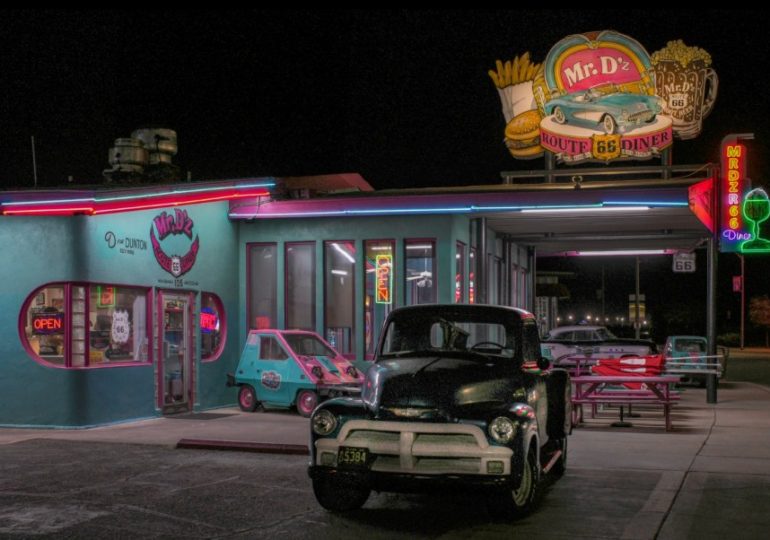Over the last three weeks I have been working my way from Chicago to Santa Monica on Route 66, some 2,400 miles of lost highway which for decades were the lifeblood of American motoring. Route 66 had its beginnings in 1926 as the US started building a national highway system.
As the automobile became more affordable, Route 66 boomed and the towns along the way became thriving stopovers, with motels, gas stations and diners popping up throughout the country. It was a defining era for the US. The era was also a defining period for the oil industry. Towns like Ash Fork, Arizona, which has never had a population of more than 1000, housed a dozen gas stations, several motels and numerous places to eat. The gasoline stations reflected not only the demand for fuel but also the intense competition that was created to supply it.
But with the decision to build the Interstate system, Route 66 slowly vanished and the towns along the highway were increasingly bypassed. The gas stations closed and the motels slowly vanished. Today, a drive along Route 66 is a treasure hunt for what remains, some of it in ruins and some beautifully restored by motoring enthusiasts for the new tourist trade.
But Route 66 isn’t just about the demand for gasoline, it’s also about the supply. The highway cuts through Oklahoma, an important oil producing region of the US and home to one of the major global oil pipeline hubs. Just north of Route 66 between Tulsa and Oklahoma City sits the town of Cushing. It’s perhaps not a place many people have heard of, but it is the delivery point for a West Texas Intermediate (WTI) oil futures contract purchased on the New York Mercantile Exchange. What happens in Cushing can impact the world as was seen in 2020 with the COVID-19 pandemic underway. WTI prices briefly went negative, reflecting the fact that storage in Cushing was effectively full.
But change is underway. Throughout Route 66 in Texas and New Mexico, wind turbines can be seen in their hundreds, and electric vehicle charging stations are beginning to appear in some of the towns along the route, reflecting the new demand from American motorists.
How Route 66 is shaped by the future remains to be seen, but today it still represents a fascinating historical portrait of motoring and the oil industry in the USA.
Leave a comment




